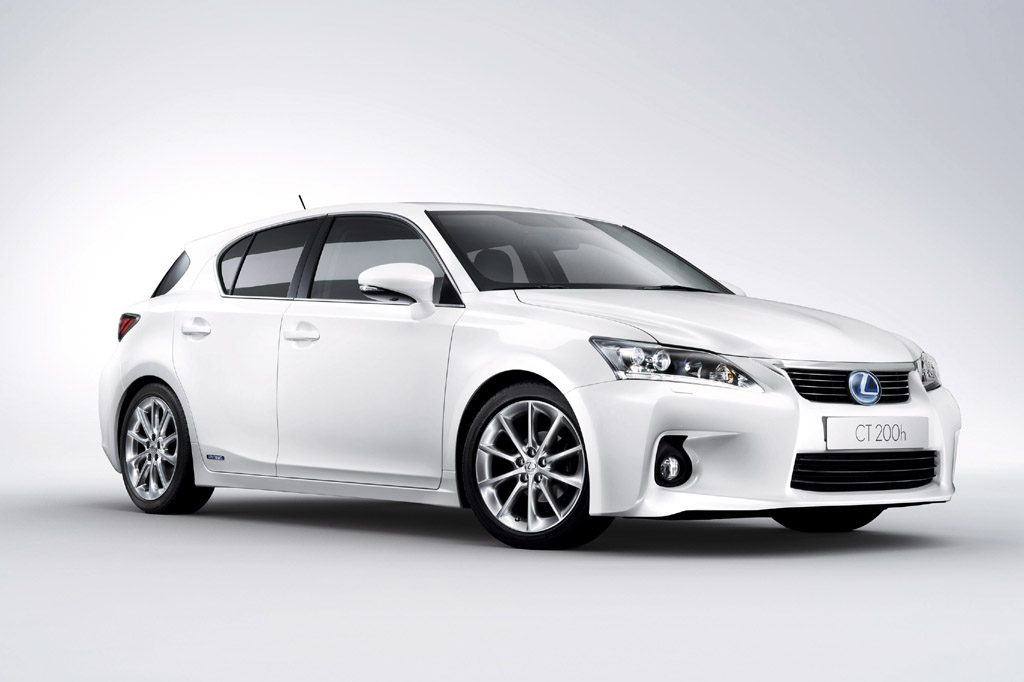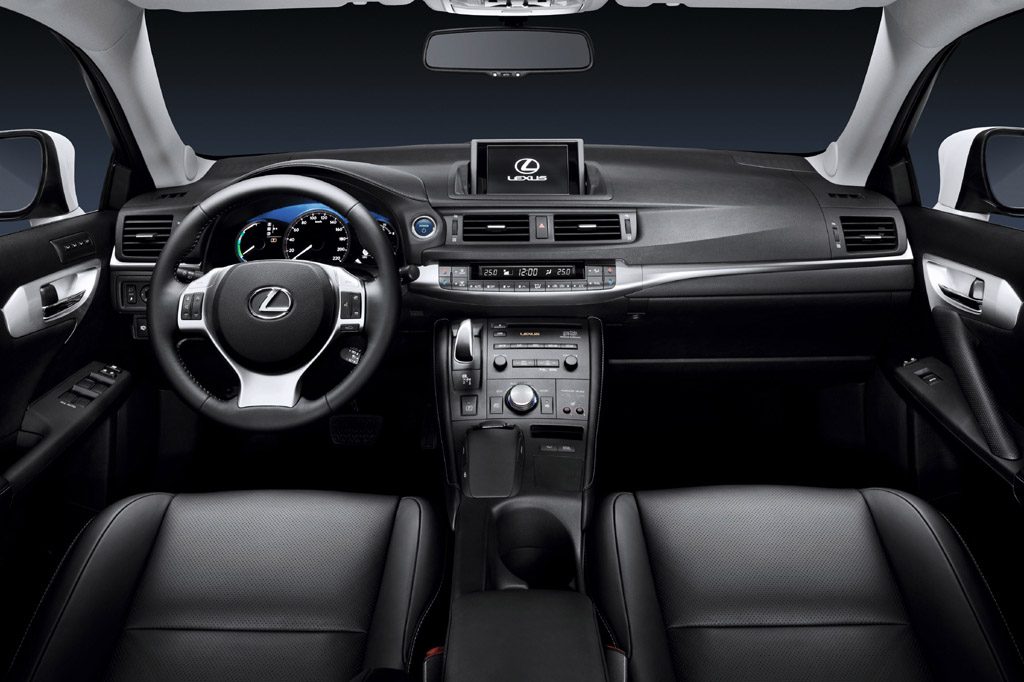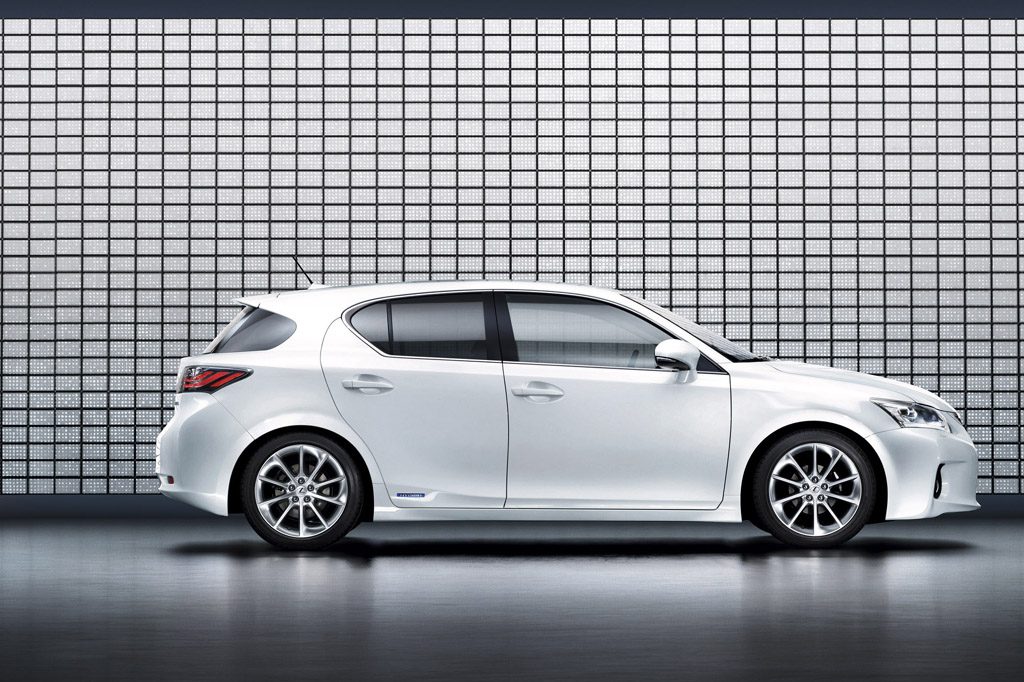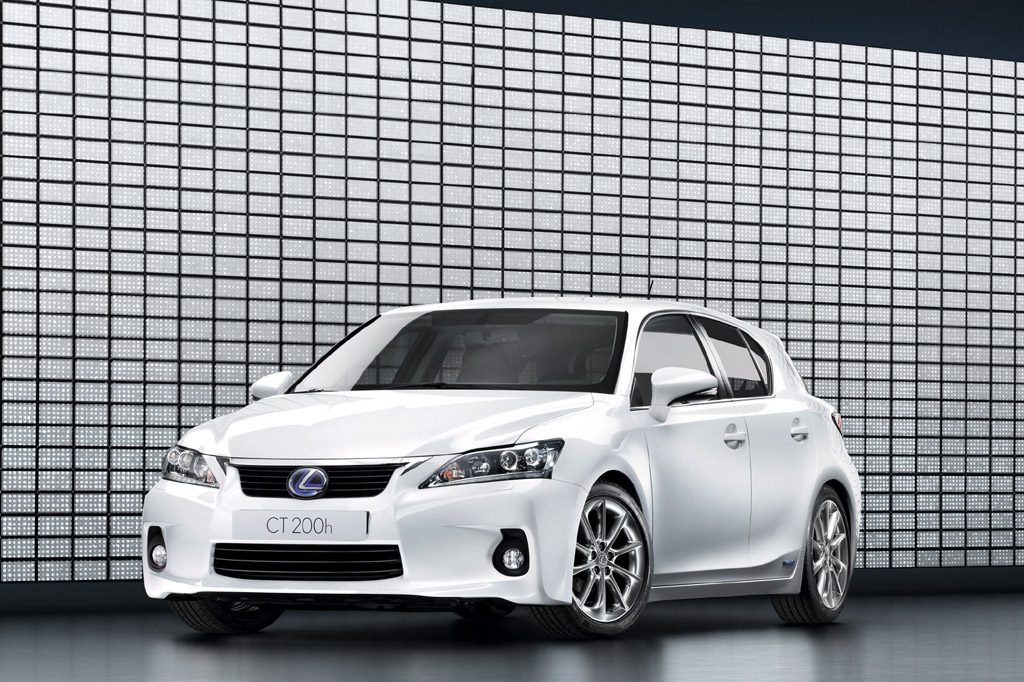| Premium compact car; Built in Japan |
|
|
| Good condition price range: $13,100 – $27,300* |

2011 Lexus CT 200h Front

2011 Lexus CT 200h Rear

2011 Lexus CT 200h Interior

2011 Lexus CT 200h Profile

2011 Lexus CT 200h Front-2
| Pros: |
|
| Cons: |
|
Lexus positions the CT 200h as a fuel-sipping alternative to the Audi A3, BMW 1-Series coupe, and Volvo C30. While it sacrifices ultimate performance to those rivals, its levels of luxury and utility are quite similar. New-car prices for step-up models have been lofty, causing CT to be outclassed by its competition in pretty much every way. Used-car prices might be more tempting. Still, unless you place top priority on the Lexus badge and the privileges of ownership that entails, you would be better served with the thriftier, more practical, mechanically similar Toyota Prius.
Overview
The Lexus CT 200h debuted for 2011 as the newest gas/electric hybrid car from Toyota’s luxury division. This premium-compact car was smaller than the Lexus HS 250h, the brand’s other dedicated hybrid. CT 200h was a four-door five-passenger hatchback that paired a 98-horsepower, 1.8-liter four-cylinder gasoline engine with a battery-powered electric motor for a combined 134 horsepower. Like most hybrids, it used a continuously variable transmission (CVT) that behaves much like an automatic. The car could run on one or both of its power sources to balance acceleration and fuel economy, and no plug-in charging was ever necessary. Drivers could select from four different powertrain modes: Normal, Eco, Sport, and EV. Normal was for everyday driving. Eco and Sport altered throttle response to suit high-economy and sporty driving, respectively. EV allowed the car to run at up to 28 mph solely on electric power, for up to 1 mile.
Standard safety features included all-disc antilock braking, traction control, an antiskid system, curtain side airbags, front side airbags, and front knee airbags. Among the standard features were keyless access/engine start, a tilt/telescopic steering wheel, USB port, and wireless cell-phone link. Options included adaptive cruise control and Lexus’ Pre-Collision System, which readied maximum braking force and seatbelt tensioners if an unavoidable crash was detected. A sunroof, leather upholstery, navigation system with real-time traffic and weather data, rearview camera, and driver-seat memory also were optional. Premium-compact competitors included the Audi A3 TDI, Volvo C30, and BMW’s 1-Series and 335d, though Lexus’s CT 200h has been the only hybrid in this class.
Yearly Updates
| 2012 CT 200h A sporty F Sport Special Edition trim level debuted on the 2012 Lexus CT 200h. Heated front seats and a sunroof were standard on the F Sport (and Premium). Also standard on F Sport were a navigation system, rearview camera, and Enform assistance system. The F Sport’s specific trim and sport suspension also were available on the Premium model, in the form of an optional F Sport package. |
| 2013 CT 200h The 2013 CT 200h was sold only as a single Base model rather than the three models that were on offer in 2012. Features that had been included in the uplevel Premium and sporty F Sport versions were now available in various option packages. |
| 2014 CT 200h The 2014 CT 200h received refreshed exterior styling. There were some minor interior updates too. These included revised multimedia features, a revamped shift knob, and a new steering wheel. |
